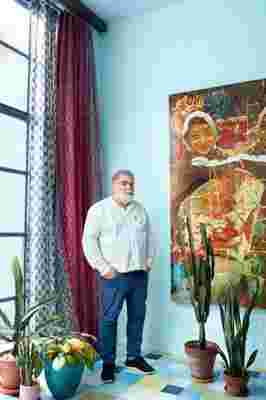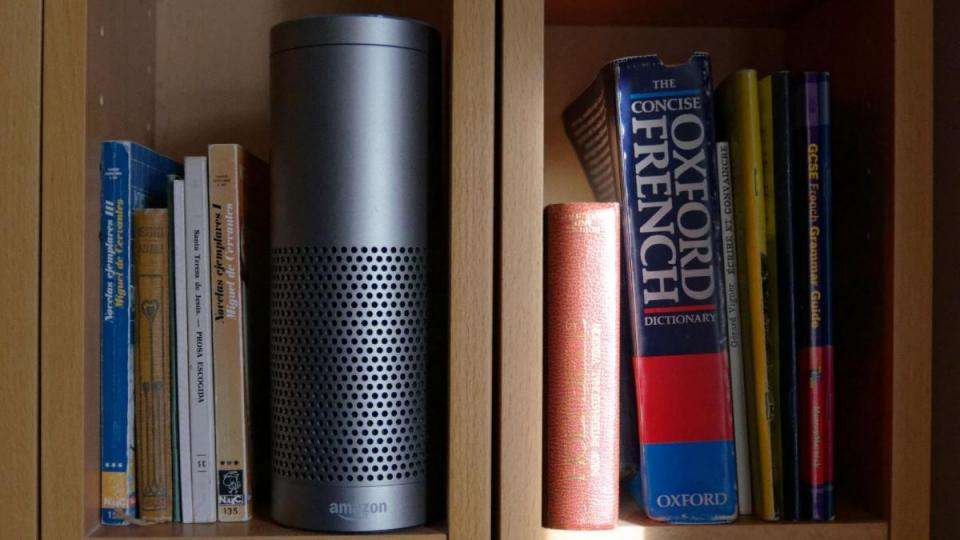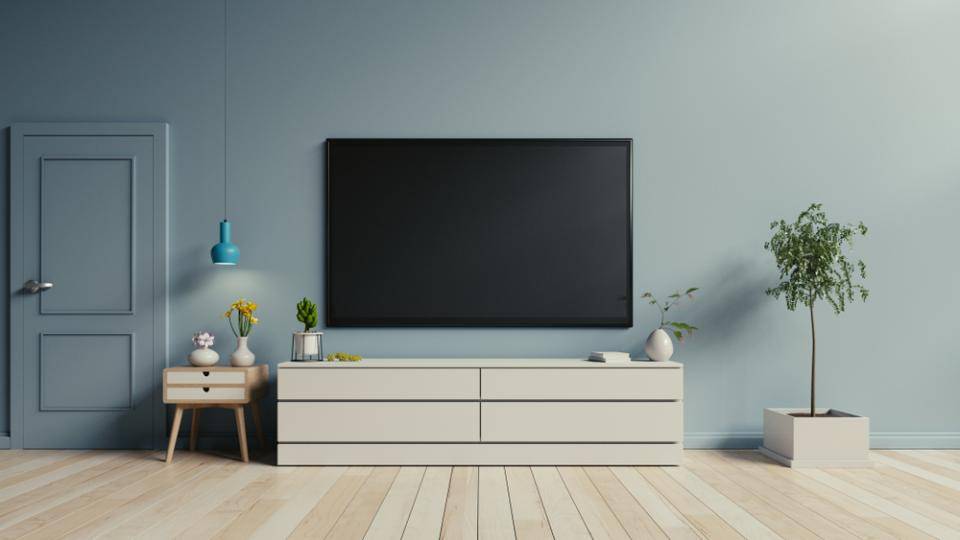December 29,2023
Artist Jorge Pardo Transforms His Bushwick Carriage House Into a Livable Piece of Art
by David Stewart
When the artist Jorge Pardo decided to move his studio from Los Angeles to the Yucatán nine years ago, it made sense to transfer his American home base east to New York. The city was a short hop from Cancún and a place where he could easily connect with galleries and visit his daughter, Penelope, who had recently relocated there. Looking to imprint his original and exuberantly colored vision, he landed on an early 1900s carriage house nestled between a low-rise apartment building and a garage in Bushwick, a Brooklyn neighborhood that has so far resisted full-scale gentrification.
“I’m an immigrant, and this was an immigrant community I really liked,” says Pardo, a Cuban American who grew up in Chicago from the age of six. “It’s Latin, with people selling food on the street and little cell-phone-fixing stores,” not to mention a Popeyes chicken, his beloved Starbucks, and the L train close at hand. It reminds him, he says, of East L.A., where he lived happily for many years after enrolling at Art Center College of Design in the ’80s.
A small, narrow building, 15 feet by 70, the house had previously been gutted by a developer whose plans fell through, making it ideal for Pardo. “I like open spaces and really simple things,” he says, “and it felt like a loft, with high ceilings on both floors.” He switched out the original carriage-house doors for a conventional garage (handy for stowing his car when he travels) and replaced the rear façade with window walls, flooding the house’s open living space with light. At its center, Pardo installed a well-equipped kitchen and dining area—he loves to cook and entertain friends. A new scarlet spiral staircase at the back of the room offers a sculptural counterpoint to the predominantly blue and green floor tiles.

Pardo’s bedroom, one of three on the second level, is simply furnished with Ikea shelving units and Linoto linens.
Outside, a back garden functions as an inner courtyard, planted with small indigenous trees by the landscape designer Liz Campbell Kelly. “We put in a 12-foot wall, the same height as the ceiling, so that it feels like a room back there, but open to the sky,” says Pardo. “I like that Latin American thing where you don’t have a front yard. When you go into your house, you enter your own world.”
And Pardo’s is quite a world, characterized by his signature gestures of extensive tilework in vibrant colors and clusters of his intricate, low-hanging lamps. From his studio in Mérida, where his 13-person team includes carpenters, painters, and architects, he operates in a way that is almost the inverse of most artistic practice: For him, the computer is a means of creative freedom, and because everything is digitally fabricated in-house, he can make numerous prototypes in quick succession to try out his ideas before finalizing and hand-finishing a piece. “There’s a nice agility to the process,” Pardo says.

The artist and his painting in the living area.

Pardo replaced the existing staircase with a spiral design in scarlet; the walls are painted in a hand-mixed combination of Behr colors.
An outstanding colorist, he works in terms of palettes, juggling as many as 40 colors in his tile pieces and lamps and mixing shapes and surfaces, whether glossy or matte, to find exciting, often unexpected relationships. “It’s all intuitive,” he says, “but it’s hard to get to.” When he does, he adds with a laugh, “You think, Oh, that’s it! And the monkey hits the drum!”
Though his exhibitions include paintings and other sculptural objects, Pardo, a 2010 MacArthur “Genius Grant” fellow, thinks in terms of art environments, and his homes are no exception—highly functional artworks that you can live in but that are splendidly unique. He recently completed a sprawling, extravagantly inventive estate for the publishing magnate Benedikt Taschen in Malibu, as well as the gorgeously idiosyncratic L’Arlatan hotel for art patron Maja Hoffmann in Arles, France. Some of these interiors are included in a sumptuous monograph, Jorge Pardo: Public Projects and Commissions, 1996–2018, to be released this spring by Petzel Gallery, in advance of its fall 2021 show of his new paintings. Among his current public projects are a 3,500-square-foot ceramic mural for a new cruise terminal in Miami, which he has conceived in explosions of yellow, pink, and red, with splashes of sky blue.
Pardo based the lamps for the Bushwick house on the insides of fruit, nuts, and seeds, as well as sea creatures and machine parts. “We played with groupings,” he says. “There are 25 or 30 sections in each lamp, all hand-painted in a different color, so there’s a soft gradation of color.” The delicacy and particularity of the lamps and tile patterns stand out against the modified IKEA kitchen and standard modernist furniture, “the kind of thing you can order online and get in three weeks,” Pardo says, resulting in an interior that is both unfussy and full of character. “The lamps and most of the color gestures are kind of eccentric,” he says, “but at the same time it’s a very comfortable house.” Amplifying the ease for him is the fact that Pardo has imported many of the elements he loves to live with—a large walk-in shower, a tub in the bedroom, the tile colors and curtains, made from layered solid and lace fabrics, that he has in his house in Mérida ( AD, December 2018), where he spends about half of his time. “If I’m going to be going back and forth so much, I want to wake up in similar environments,” he says with a chuckle. “I’m happy here. I feel like I’m at home.”






